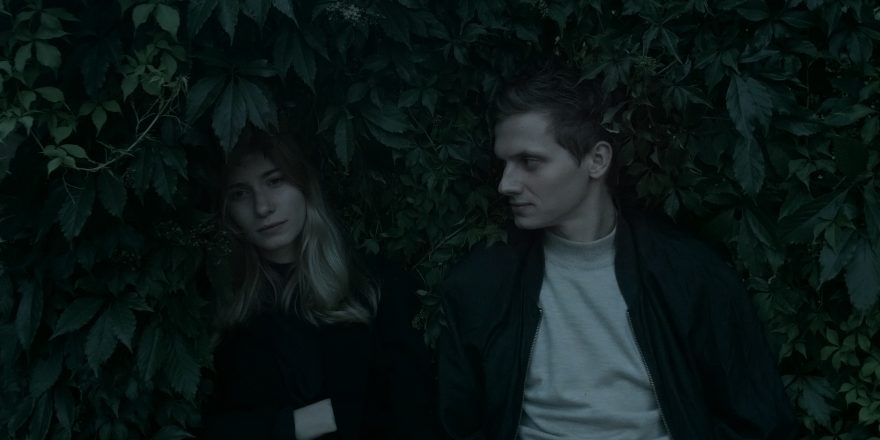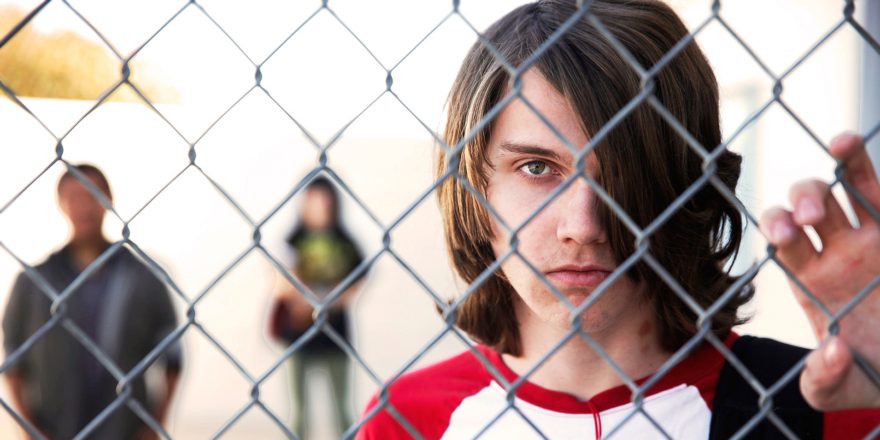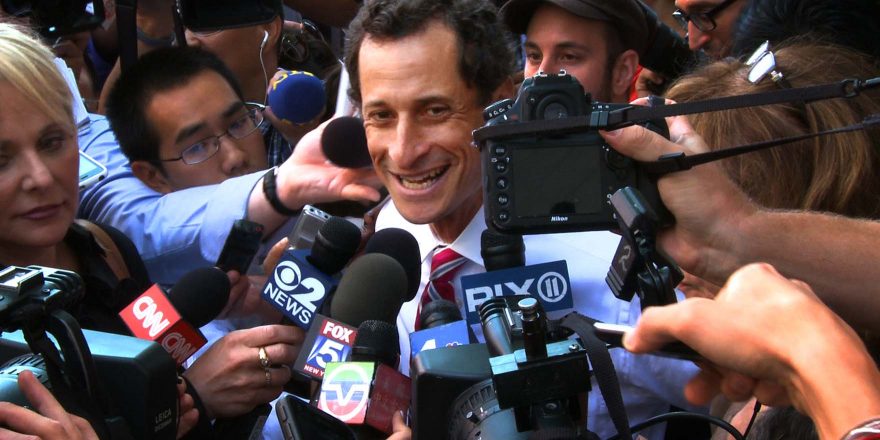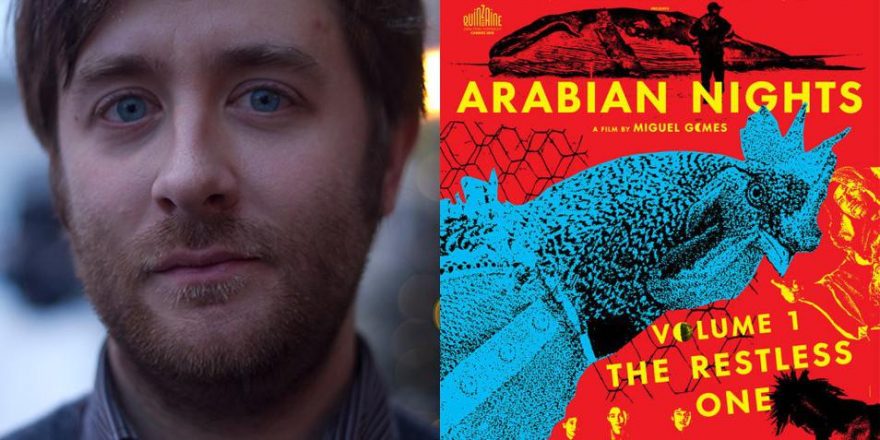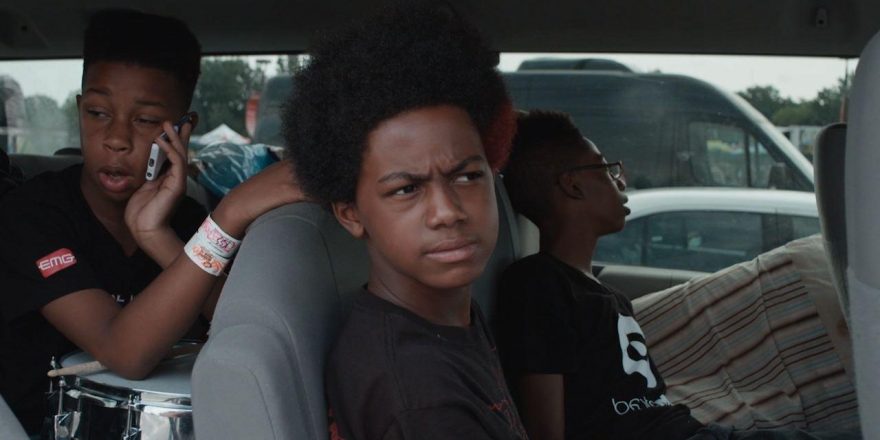I first saw Michał Marczak’s All These Sleepless Nights in the World Cinema Documentary Competition at the 2016 Sundance Film Festival. While the film ostensibly chronicles the all-night partying life of two Warsaw twentysomethings, Krzysztof Baginski and Michał Huszcza, as they dance, drink, and trip their way through summer nights, falling in and out of love with girlfriends, and testing the bounds of friendship, the cinematic experience is something much more profound.
All These Sleepless Nights begins with an epigraph that defines the psychological term “reminiscence bump”: “The tendency for our minds to hold on to a greater number of memories from adolescence and early adulthood than any other period of our lives.”And about 15 minutes into the film, I was suddenly overcome with my own reminiscence bump. I realized that Marczak had indeed captured what I remembered as the feeling of being 20: the dreamy, exciting rush of waking up to the world, forging friendships, discovering love and heartbreak, talking late into the night about art and ideas, and often making my way home against a lightening dawn sky while the rest of the world was just rousing from slumber.
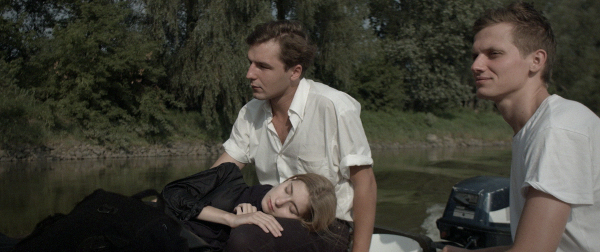
An hour and a half later, as the film’s credits rolled, my blissful state was shattered by a filmmaker colleague seated next to me: “That is not a documentary!” He was apoplectic with rage that this beautiful cinematic experience didn’t conform to his expectations of what a documentary should be, or rather, what tools a documentary is allowed to employ. Admittedly, Marczak’s film pushes the boundaries of what we expect from a documentary: there are no talking heads or interviews, there is no stated issue or topic, there is no information. Even more, the camerawork is nothing but gorgeous and graceful (Marczak fashioned his own gyroscopic camera rig), the scenes between the two central friends and their familiars are disarmingly intimate, and there is such a felicity with the chance moments of real life and the subjects’ profound commentary about them that one feels these aspects could have only been planned and constructed, not simply caught. These are the trappings of scripted fiction. How could a filmmaker possibly achieve them on the fly?
After the film, Marczak and his two subjects came out on the stage, and before the moderator had even opened up the floor to questions, my colleague leapt out of his seat with his hand up in the air like that kid in school whom no one could stand. I, on the other hand, desperately tried to slump into invisibility as he demanded to know how this film could be called a documentary, so I didn’t quite catch all the details of Marczak’s explanation about how he followed Krzysztof and Michał around for a year, going to all-night parties with them, and that the film does indeed capture the reality of their lives. I’m still unclear on how much of the film is “directed” or “devised,” or in how many of the scenes the director might have arranged something ahead of time for the benefit of the story. But again, this doubt comes from my own marveling at the beauty and narrative perfection of the captured moments. To me, this beauty and perfection renders irrelevant any need for categorization as fiction or non-fiction. In fact, it is precisely this ambiguity that makes the film so fresh and exciting.
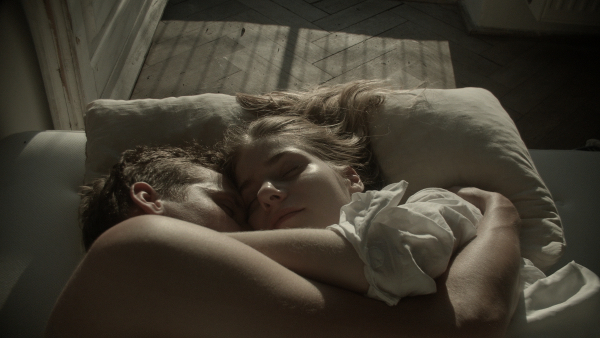
At the 2016 IDA Getting Real conference, Marshall Curry (the Oscar-nominated director of Street Fight and If A Tree Falls) gave a talk in which he explored the difference between fashioning fiction and non-fiction stories: in documentary, filmmakers try to find narrative arcs, scene structure and character development, all in the aim of giving narrative form to the chaos of real life; in fiction, conversely, the filmmaker must fight against cliché, against the tendency for scripted stories to turn out like something we’ve already seen. In fiction, everyone from the writer to the actor to the director is aiming to introduce rough edges, surprising details and natural spontaneity – all the things that come automatically in raw documentary footage. In some ways, each form, documentary and fiction, aspires to the condition of the other.
With my own documentary The Bad Kids, one of my favorite audience responses has been the insistence that it must have been shot with more than one camera, because the camera always seems to be in the right place. Or when someone tells me that they repeatedly had to remind themselves that the film wasn’t scripted, because the story structure felt so seamless and inevitable. Of course, these two aspects of documentary craft – single-camera vérité shooting and the editing and shaping of story – are the mind-numbing obstacles that documentary filmmakers struggle to master: they are the hard work!
I am reminded of the flip-side in fiction: films by directors such as John Cassavetes or Ken Loach, who disarmed their audiences with approaches to fiction that seemed completely new and beyond conventions for their time. For years, audiences couldn’t believe that Cassavetes’ films were scripted, impeccably planned and not entirely improvised as the cameras were rolling, because of how naturalistic they felt. Likewise, when Mike Leigh discussed his filmmaking process with its months-long rehearsal period, some critics were skeptical about his role as a writer-director because the precise lines of dialogue had come out of the actors’ mouths during improvisations and not out of Leigh’s head during a conventional writing period – as if the tasks of casting, devising scenarios, directing the rehearsals, and editing the voluminous improvs into a structured script somehow didn’t count. Again, this is the hard work of fashioning a fiction story that feels so spontaneous, natural, and “real.”
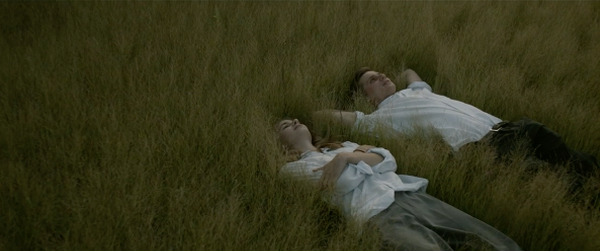
In both forms, documentary and fiction, the closer we get to that brackish zone between the two – “Is this real, or is this scripted?” – the more we hit a certain uncanny, cinematic sweet spot. But what is this sweet spot?
For me, it occurs when documentaries have a certain dream-like quality, a level of abstraction which takes the specifics of reality in front of the camera and brings them – or releases them – into the realm of the poetic. Alma Har’el’s Bombay Beach does this. So does Pieter-Jan De Pue’s The Land of the Enlightened. It’s no surprise that those films, too, have their critics, who also probably huffed during the end credits, “That is not a documentary!”
In All These Sleepless Nights, Marczak achieves this dream-like quality when he explores the uncanny moments of Krzysztof and Michał’s wanderings: Krzysztof, in a subway tunnel, reaching out to glancingly touch the rush of a passing train … running across the hoods of a row of parked police cars, setting off their alarms … weaving his way down a street full of stopped cars, their drivers all standing by open doors and staring off at some mysterious unknown in the distance. These moments are not about fact or context; instead, they focus on motion, kinetic energy, and sensory impressions – how things move, sound, feel. Certainly a lot of the party and rave scenes, full of trance-y music and dancing, dwell in this more sensorial realm. But the real cinematic gems for me are the scenes that find this experiential essence in details of everyday life: two friends spraying each other with a garden hose, or the simple joy of riding on someone’s shoulders. These are the moments that hit that sweet spot between documentary and fiction. They pulse with the same quality we prize in good photojournalism: when the photographer’s artful eye allows an instant of real life to transcend the factual and become something more universal about human nature.
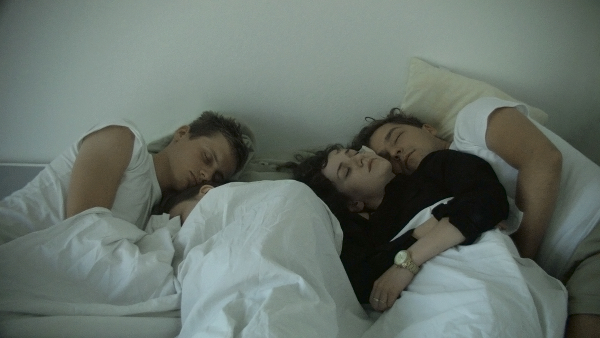
To some degree, I empathize with my critical colleague: All These Sleepless Nights is not a documentary by conventional definitions. To me, though, that’s not something to get angry about, but rather something to celebrate. From my perspective, the film is still ultimately a documentary – a documentary about the cusp between carefree youth and the trappings of adulthood, and about how vibrant the world can be to us at that juncture in our lives. The specifics are in the experiences of Krzysztof and Michał, but Marczak’s poetic treatment invites us to enjoy our own reminiscence bumps, our own memories of waking to the world and seeking out our places in it. If there’s a more conventional documentary approach that would have captured this phenomenon as effectively, I certainly can’t imagine it.
A few nights after seeing All These Sleepless Nights, I found myself out on the dance floor at the Sundance awards party. Between the thin mountain air, a few bourbons, and the pulsing music, I was in the midst of my own reverie when I noticed that nearby, among all the dancing partyers, were Krzysztof and Michał from the film. The moment had the same uncanny charge as a celebrity encounter – when a cinematic dream-image steps off the screen and bleeds into real life. Or is it the reverse that’s happening, that for a moment one steps out of real life and into the dreamland of cinema? Either way, I relished it for its dreamy, ambiguous beauty. Oh, for the sweet spots.


